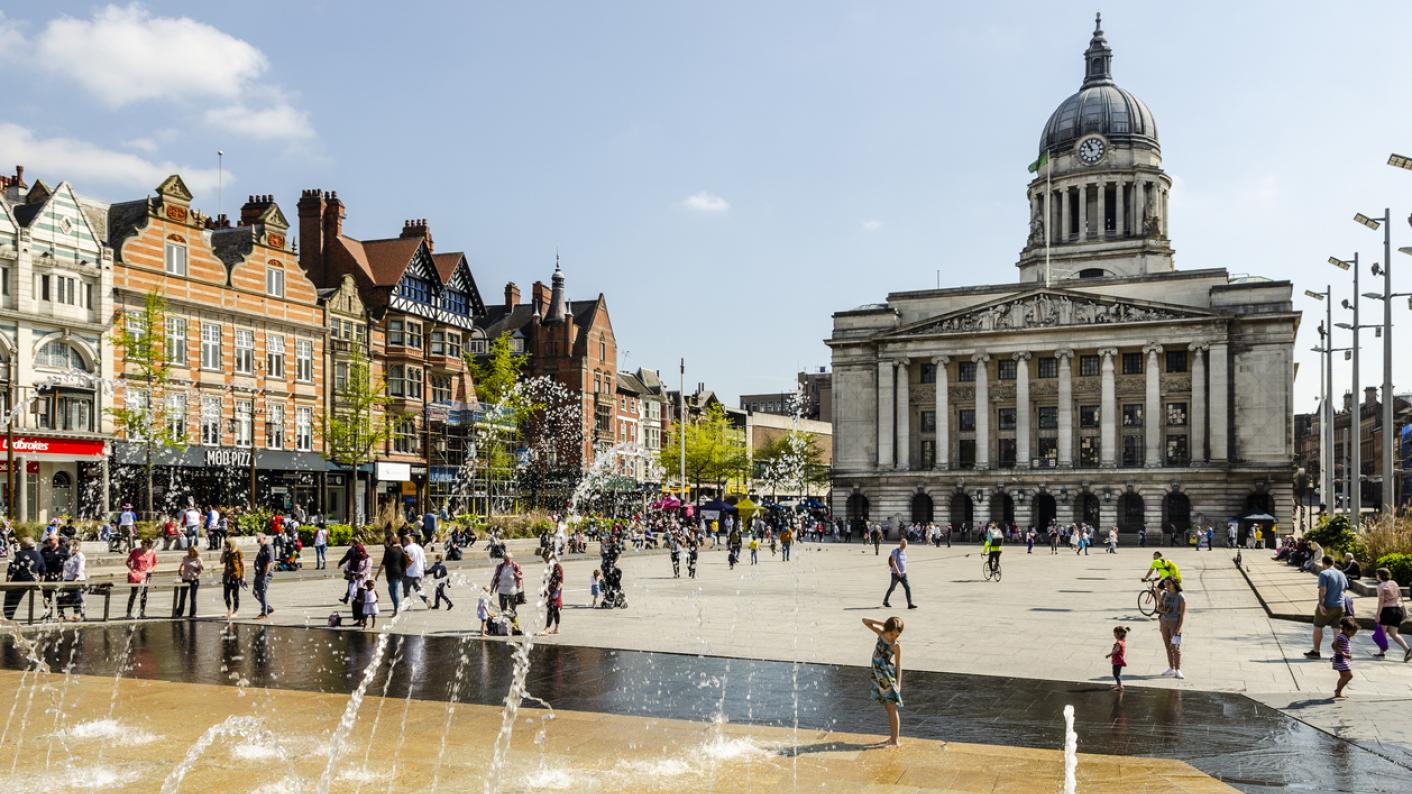Almost 44,000 teachers live and work in the East Midlands and there’s plenty to recommend it. The region caters for all types of lifestyle, from the bustling cities of Nottingham, Leicester, Derby, through to small parishes and villages.
Despite being home to the most central place in England (the village of Fenny Drayton), the region also boasts coastline in Lincolnshire, adding another element to this diverse area.
We rounded-up some key statistics and spoke to those living and working there to get a better picture of the area.
Education
£37,789 – The average salary of all teachers (slightly lower than the national average).
18.6 – The average number of pupils per teacher (higher than the national average of 17.9).
8.2 per cent – The amount of schools reporting a vacancy or temporarily filled post (significantly lower than the national average of 11.9 per cent).
9.3 per cent – The amount of primary teachers leaving the profession in 2015 (lower than the national average of 10.2 per cent).
10.7 per cent – The amount of secondary teachers leaving the profession in 2015 (lower than the national average of 11.1 per cent).
27.6 per cent – Amount of teaching staff working part time.
Data taken from the Regional, LA and school tables: school workforce census 2017.
Cost of living
£192,757– Average house price (significantly under the national average for England of £244,567).
Data taken from the UK House Price Index January 2019.
£25,478 – Average annual cost of living per household (almost equal to the national average of £25,766).
Derby has the cheapest average price for a meal in a restaurant out of 28 large UK cities.
Data taken from ABC Finance.
What is it like living and working in the East Midlands?
We asked three teachers what they liked about living and working in the region.
Sarah Fox, second in English faculty at Beauchamp College, Oadby:
"I moved to Leicester for my first job (in an 11-18 comprehensive inner-city school) about 15 years ago, and I love living here.
"The cities all offer something different, from access to world foods, to beautiful countryside and easy transport links. There are plenty of things to do and job opportunities for teachers all over the place. London is within easy reach and the M1 is on your doorstep so it's easy to make your way around the UK for days out.
"Educationally, there's a lot going on in every sector: primary, secondary, further education and alternative provision. Large trusts are becoming the norm, so there is now a wider variety of openings for promotion, not just the typical head of department before moving into senior leadership. Specific subject roles, like director of English across an entire trust or special educational music coordinator, are readily available if you're prepared to travel within the catchment area.
"With jobs and housing aplenty (and without the property prices of the South), it's a great place to live."
Peter Mattock, Director of Maths and Numeracy, Brockington College, Enderby.
"Teaching in the East Midlands is genuinely fantastic. There is a real range of school types and styles, each with their own ethos and values.
"The East Midlands is also a centre for thinking around education.The Midlands Knowledge Hub, based at St Martins School in Stoke Golding, is a nationwide centre for supporting thinking around knowledge-rich curricula and direct instruction. What's more, most of the cities have local groups that meet to explore strategies for improvement, often funded by groups of schools
"In terms of amenities, the region has everything you could need. There are huge shopping centres like the Highcross in Leicester and little market towns like Market Bosworth; something for everyone when it comes to shopping or entertainment.
"Furthermore, most areas of the East Midlands are less than two hours drive from the seaside towns of Hunstanton in Norfolk or Skegness in Lincolnshire, and less than an hour from the Peak District National park, so whether your preference is for walking on beaches or hills, you can find it in the East Midlands."
